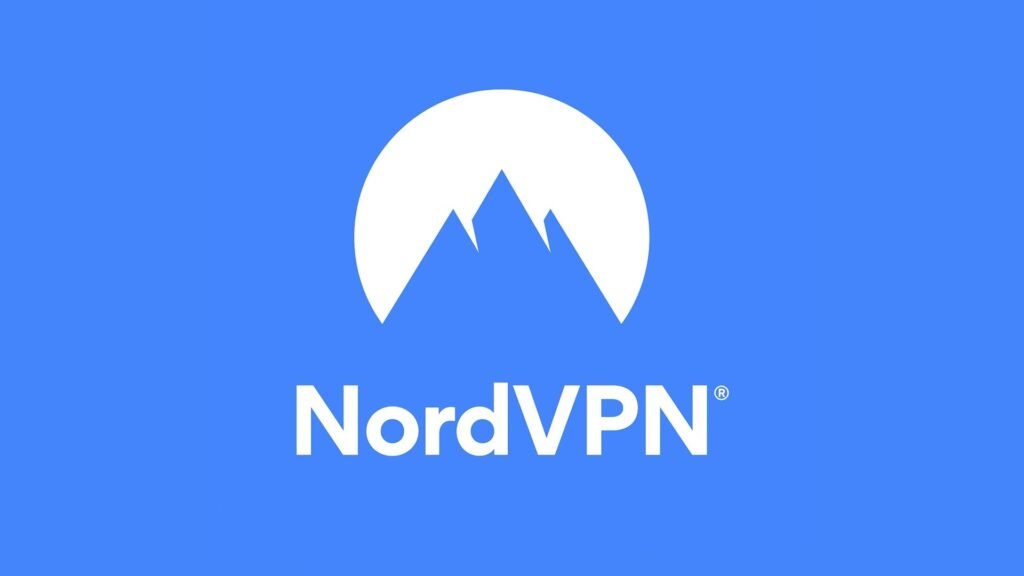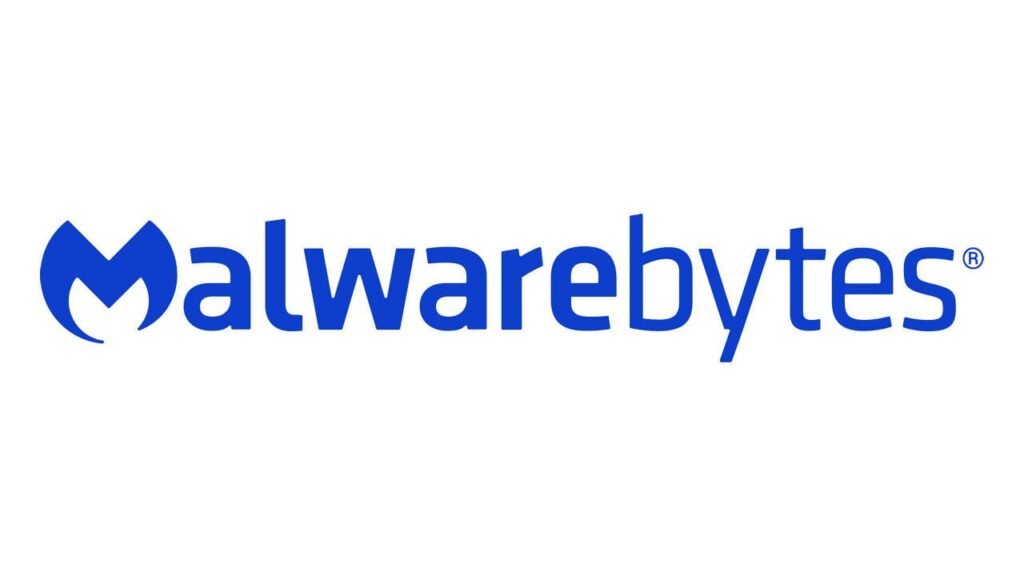Did you know DDoS attacks jumped by 200% in the first half of 2023 compared to last year1? This huge increase shows how critical it is for businesses to strengthen their website security. DDoS attacks can severely harm online services, causing big financial losses and hurting your reputation. Small to medium-sized businesses can lose thousands of dollars for every hour their site is down, showing the growing threat they face daily2.
In this article, you'll learn key strategies to protect your website from DDoS attacks. We'll cover the latest trends, prevention methods, and long-term strategies for security and planning.
Key Takeaways
- • DDoS attacks have increased dramatically over the past year, necessitating immediate action.
- • Small businesses are particularly vulnerable and should prioritize security measures.
- • Implementing a Web Application Firewall (WAF) can significantly enhance your DDoS protection.
- • Leveraging CDN solutions is an effective way to filter out malicious traffic.
- • Proactive planning is key to minimizing the impact of potential DDoS attacks.
The Rising Threat of DDoS Attacks
DDoS attacks have grown alarmingly in recent times. These attacks flood websites and services with traffic, causing them to crash. With new technology, attackers can launch more powerful attacks. This means businesses face a higher risk of downtime and financial loss.
Statistics on DDoS Attack Growth
Research shows DDoS attacks are now a top concern for companies worldwide. Many firms see more attacks, making strong cybersecurity essential. Content Delivery Networks (CDNs) help by spreading out traffic, keeping services running3.
Impact of DDoS Attacks on Businesses
DDoS attacks can severely harm businesses. A successful attack can cause a lot of downtime and lost revenue. Small businesses are often hit the hardest.
Studies reveal that financial losses can be much higher than expected. Companies need to act fast to protect themselves. Keeping software updated and firewalls configured can help defend against these threats3.
Understanding the Nature of DDoS Attacks
Exploring cybersecurity, understanding DDoS attacks is key. DDoS means Distributed Denial of Service. It aims to block regular traffic to servers, services, or networks. Knowing the common DDoS attack types is vital to protect your online assets.
What is a DDoS Attack?
A DDoS attack floods a target with too much internet traffic. In 2023, these attacks hit a record high, growing 50% at the start of 20244. They can cause big financial losses. For example, Amazon lost about $34 million in one hour due to a DDoS attack5.
Different Types of DDoS Attacks
It's important to know the different DDoS attacks to strengthen your defenses. These attacks can be broadly classified into:
- • Volumetric Attacks: These flood a server with too much traffic, causing bandwidth exhaustion6.
- • Protocol Attacks: This type targets network protocols, like SYN flooding, which overwhelms servers with fake requests6.
- • Application Layer Attacks: These aim at specific features, like login pages or search functions6.
With almost half of DDoS attacks targeting US-based organizations, strong cybersecurity is crucial4.
How to Secure Your Website from DDoS Attacks
To keep your website safe from DDoS attacks, start by finding weak spots in your network. Regular checks can show you where your site might be at risk. Knowing about different types of attacks is key, as some groups can launch them for just $100 a day on open servers. Costs go up for servers that are better protected78.
Identifying Potential Vulnerabilities
Look for odd patterns in your web traffic that might signal a DDoS attack. With about 2,000 attacks happening worldwide every day, staying alert is vital8. Use a Web Application Firewall (WAF) to catch and block these attacks. Also, block traffic from certain countries to lower your risk.
Creating a Proactive Security Plan
Once you've found weak spots, make a plan to fix them. Boost your bandwidth to handle more traffic during an attack. Use rate limiting to stop too many requests from crashing your server8. Caching solutions can also help keep your site running smoothly, even when it's busy.
Using advanced tools like Google Cloud’s machine learning defenses can help fight DDoS attacks. These tools are easy to set up in just minutes9.
The Cost of DDoS Attacks: What You Need to Know
It's key for businesses to understand the financial hit from DDoS attacks. These attacks are more than just a technical problem; they can severely hurt a company's wallet. The average cost of a DDoS attack can hit up to $6,000 per minute, making it a big worry for any business facing these threats10.
Over time, these attacks can lead to higher costs, less efficiency, and even legal troubles. This is because of failures to meet regulations10.
Financial Implications of Downtime
DDoS attacks can cause costs that change a lot based on the business and the size of the attack. For example, during a big attack, companies can lose thousands to hundreds of thousands of dollars per hour10. The damage doesn't just stop at direct losses.
It also includes penalties for delayed projects or missed deadlines. This can really hurt your company's reputation.
Examples of High-Profile DDoS Attacks
Many big DDoS attacks have shown how serious these threats are. Attackers might ask for ransoms, like 5 bitcoins (over $5,000), to stop their attacks11. Some services that help with DDoS attacks look like legal services, making these threats easier to find11.
The cost of an attack can vary a lot. For example, a simple five-minute attack on a big online store might only cost around $5. But the losses can be huge11.

Implementing Layered Security Measures
To keep your online presence safe from DDoS attacks, using layered security is key. This method combines different tools and techniques. It creates a strong defense network that can handle many types of attacks easily.
Importance of a Multi-Layered Approach
A multi-layered DDoS protection strategy makes your site much stronger. Each layer tackles different weaknesses, making it tough for attackers. Knowing how DDoS attacks target different layers helps improve your defense.
DDoS attacks hit layers 3, 4, and 7, flooding networks with bad traffic. This disrupts communication12. Using the right filtering and routing strategies can block these threats.
Choosing the Right DDoS Protection Tools
Picking the right DDoS protection tools is crucial. Firewalls, intrusion detection systems, and web application firewalls (WAFs) are effective. They fight specific threats at layer 7, like HTTP floods12 and zero-day attacks.
By mixing different security measures, you build a strong defense. This keeps your online resources safe.
Having good security policies and educating users helps fight DDoS attacks. The principle of least privilege limits access, reducing damage in case of a breach13. Using endpoint security tools and monitoring network traffic helps detect odd patterns14.
| Layer of the OSI Model | Defense Mechanisms | Common DDoS Attack Types |
|---|---|---|
| Layer 3 | Filtering out spoofed traffic | Volumetric attacks |
| Layer 4 | Controlling traffic flow | SYN flooding |
| Layer 7 | Web Application Firewalls | HTTP floods |
With real-time backups and good monitoring, you stay ahead of attackers. Keeping physical security strong and using strong encryption helps too13. As threats grow, keep improving your security to stay ahead14.
Rate Limiting: A First Line of Defense
Rate limiting is key to protecting your website from DDoS attacks. It limits the number of requests a server can handle from one user in a set time. This way, you stop bad traffic while letting good users in.
Setting up these limits right keeps your site running smoothly. It blocks threats while letting real users use your site.
How Rate Limiting Works
Rate limiting checks how often users from the same IP address ask for things. For example, it might stop a user from making more than 100 requests in a minute15. This stops DDoS attacks by limiting how much each user can do16.
There are many ways to do rate limiting:
- • User-Based Rate Limiting: Limits access based on specific user identifiers like IP addresses17.
- • Geographic Rate Limiting: Restricts requests from specific locations17.
- • Time-Based Rate Limiting: Uses timestamps to regulate the request flow17.
- • Token Bucket and Leaky Bucket Algorithms: Manage traffic flow efficiently to prevent overload17.
- • Fixed and Sliding Window Log Algorithms: Allow flexible control over request management17.
Setting Up Effective Limits
Start by checking your network and apps. This helps you create a plan that fits your needs15. Pick an algorithm that works for you15.
Keep an eye on your limits and change them as needed. You might block good users by mistake or deal with sudden spikes in traffic17. Working with Web Application Firewalls (WAFs) and network firewalls helps a lot16.
Using the right rate limiting keeps your site safe and running well. It fights off DDoS attacks effectively171615.
Recognizing and Analyzing Attack Types
It's key to know about DDoS attacks to defend well. Spotting different types and where they come from helps you act fast. Common attacks include volumetric ones, which started in the late '90s. They're big and fast, measured in bits or Gigabits per second18.
There are also application layer attacks, or layer 7 attacks. These target web servers and are counted in requests per second18.
Common Types of DDoS Attacks
- • Volumetric Attacks: These are the most common and can really slow down the internet.
- • Protocol Attacks: These use weak spots in TCP/IP, counted in packets per second.
- • Application Layer Attacks: These aim to mess with specific apps, hurting edge servers a lot.
Tools for Identifying Attack Vectors
Using the right tools to find where attacks come from is crucial. The number of DDoS attacks is expected to jump a lot, from 7.9 million in 2018 to 15.4 million by 202319. With attacks up 807% from 2018 to 202319, it's important to invest in good network monitoring. These tools help you spot and stop threats fast, especially with attacks getting shorter and more intense.
| Attack Type | Measurement | Notable Characteristics |
|---|---|---|
| Volumetric Attacks | Measured in bps/Gbps | Most common; floods bandwidth |
| Protocol Attacks | Measured in pps | Target vulnerabilities in TCP/IP |
| Application Layer Attacks | Measured in RPS | Aim to disrupt web applications |
In today's world, knowing about DDoS attacks and where they come from is vital. Understanding them well helps you react quickly and protect your online stuff1819.
Developing a DDoS Attack Threat Model
Creating a detailed DDoS attack threat model is key to protecting your organization. It starts with a deep inventory of web assets and resources. This means checking your network setup, spotting potential threats, and understanding your attack surface.
Inventory of Assets and Resources
Start by listing the digital assets you need to protect. This list is the base for finding vulnerabilities and following 15 top DDoS protection tips. It's vital to make sure your network can handle sudden spikes in traffic. Volume-based attacks can really slow down your site and make it unavailable20.
Using advanced tools, like a Web Application Firewall (WAF), boosts your defense against attacks21.
Understanding Your Attack Surface
Knowing your understanding attack surface helps spot weaknesses that attackers might use. DDoS attacks can come from many places, like botnets that overwhelm your site with requests21. Knowing the three main types of DDoS attacks helps you fight them better20.
Signs of a DDoS attack include slow networks and services that go down. This shows why you need to analyze logs in real-time to catch threats fast21.
Preparation: Planning for the Worst
When facing DDoS attacks, being prepared is key. Setting up an incident response team is a smart move. This team helps you quickly and effectively handle attacks, protecting your resources and reputation.
Creating an Incident Response Team
Your team should have experts in cybersecurity. They need to watch network traffic, find vulnerabilities, and set up security measures. This team is your first defense against DDoS attacks, acting fast and accurately.
Having clear roles in the team helps everyone work together smoothly. This means quicker responses to threats, less downtime, and fewer losses. For more tips on handling DDoS attacks, check out this guide.
Establishing Communication Protocols
Good communication is crucial during a DDoS attack. You should have ready-made statements and plans for talking to everyone involved. This keeps everyone informed and working together.
Training and practice help your team get better at following these plans. This way, they can respond smoothly when it really matters. Clear communication helps you understand the attack and its effects on your business2223.
Planning for DDoS attacks means always improving your strategies and team work. Having a quick and effective team and clear communication are key to strong defenses24.
Maintaining DDoS Resilience Over Time
In the world of cybersecurity, keeping DDoS attacks at bay is key. Companies need a strong plan that includes regular checks and updates. This ensures their defenses stay strong against new threats. Always being on guard is crucial for protecting important online assets.
Regular Security Audits and Updates
Doing regular security audits is vital to find weak spots in your systems. Modern websites need a strong defense against DDoS attacks. This defense should cover all levels of the OSI model, like Network, Transport, and Application layers.
For the best results, audits should check how well technologies like Web Application Firewalls (WAF) work. WAFs can block new threats and improve your protection25. Keeping your security up to date is a big step in fighting off DDoS attacks.
Encouraging Stakeholder Awareness
It's also important to make sure everyone knows about DDoS risks and security steps. Getting stakeholders involved helps create a culture of alertness. It also makes sure everyone knows how to fight threats.
Good communication about DDoS threats helps your team react fast to any problems. Working together across departments makes your organization stronger against attacks.

Conclusion
DDoS attacks are a big threat to your online presence. By using good DDoS prevention strategies, you can make your website stronger. Knowing the different types of DDoS attacks helps you spot risks and act fast26.
Using Web Application Firewalls, CDNs, and rate limiting are important steps to protect your site. Getting reliable DDoS protection services keeps your site safe. This is crucial for e-commerce and sites with lots of visitors27.
Keeping your website safe is a never-ending job. You need to stay alert, update often, and have a plan for when attacks happen. Stay up-to-date, adjust your plans, and keep your online space safe. For more tips on DDoS protection, check out this resource.




